Can I Use Chlorine Bleach on Porcelain Kitchen Sink?
If you have a porcelain kitchen sink, you may be wondering if you can use chlorine bleach to clean it. After all, bleach is a powerful cleaner that can tackle tough stains and disinfect surfaces. But is it safe for use on your porcelain sink? Let's find out.
Chlorine bleach, also known as sodium hypochlorite, is a common household cleaning product that is known for its strong whitening and disinfecting properties. It is often used to clean and sanitize surfaces such as countertops, floors, and toilets.
How to Clean a Porcelain Kitchen Sink with Bleach
If you decide to use bleach to clean your porcelain sink, it is important to follow proper dilution and safety precautions. To start, make sure to wear gloves and protective eyewear before handling bleach. Then, mix 1/4 cup of bleach with 1 gallon of water in a bucket.
Note: Never mix bleach with other cleaning products, as this can create toxic fumes.
Next, dip a sponge or cloth into the bleach solution and scrub the sink in a circular motion, paying extra attention to any stained or dirty areas. Let the solution sit for a few minutes before rinsing thoroughly with water.
Make sure to ventilate the area well while using bleach, as the fumes can be strong and irritating to the respiratory system.
Using Bleach to Remove Stains from a Porcelain Sink
One of the main benefits of using bleach on a porcelain sink is its ability to remove tough stains. This is because bleach is a strong oxidizing agent that can break down and remove pigments from surfaces.
To remove stains from a porcelain sink, make a paste by mixing bleach with baking soda. Apply the paste to the stained area and let it sit for 10-15 minutes before scrubbing with a sponge or cloth. Rinse thoroughly with water and repeat if necessary.
Is Bleach Safe for Porcelain Sinks?
While bleach can be effective in cleaning porcelain sinks, it is important to note that it can also be damaging if not used properly. Bleach is a harsh chemical that can weaken the glaze on porcelain surfaces, causing them to become dull or even crack over time.
Tip: Always test a small, inconspicuous area of your sink before using bleach on the entire surface.
Additionally, bleach can also cause discoloration on colored porcelain sinks. If your sink is colored or has any decorative designs, it is best to avoid using bleach altogether.
Pros and Cons of Using Bleach on Porcelain Sinks
As with any cleaning product, there are both pros and cons to using bleach on porcelain sinks.
Pros:
Alternative Cleaning Solutions for Porcelain Sinks
If you're hesitant about using bleach on your porcelain sink, there are alternative cleaning solutions that can be just as effective and less damaging. Some options include:
Precautions to Take When Using Bleach on Porcelain Sinks
If you do decide to use bleach on your porcelain sink, it is important to take the necessary precautions to ensure your safety and the longevity of your sink.
How to Properly Dilute Bleach for Cleaning a Porcelain Sink
The recommended dilution for bleach when cleaning a porcelain sink is 1/4 cup of bleach per gallon of water. This is a safe and effective concentration that will not damage the sink but will still be strong enough to clean and disinfect.
Tips for Maintaining a Clean and Shiny Porcelain Sink
To keep your porcelain sink looking its best, here are some tips to follow:
Best Practices for Cleaning Porcelain Sinks
When it comes to cleaning your porcelain sink, it is important to use the right products and techniques to avoid damaging the surface. Here are some best practices to keep in mind:
Benefits of Using Chlorine Bleach on Porcelain Kitchen Sinks

Keeping Your Sink Clean and Sanitized
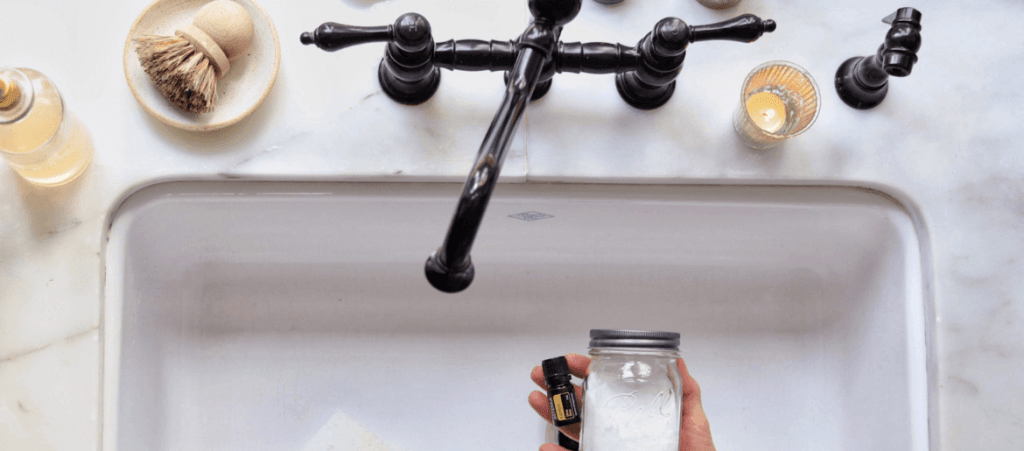 When it comes to keeping your kitchen sink clean, there are a variety of cleaning agents available on the market. However, one of the most effective and widely used options is chlorine bleach. This powerful chemical has been proven to effectively remove stubborn stains, kill bacteria and germs, and leave your porcelain kitchen sink looking sparkling clean.
Chlorine bleach
is a highly concentrated form of bleach that is known for its ability to break down and dissolve tough stains. This makes it an excellent choice for removing food and beverage stains, as well as other types of grime and buildup that can accumulate in your sink over time. By using chlorine bleach regularly, you can keep your sink looking clean and fresh without having to put in excessive scrubbing effort.
Not only does chlorine bleach effectively remove stains, but it also has strong
sanitizing properties
. This is especially important in the kitchen, where food particles and bacteria can easily build up and cause potential health hazards. By using chlorine bleach, you can ensure that your sink is not only clean, but also free of harmful bacteria and germs.
When it comes to keeping your kitchen sink clean, there are a variety of cleaning agents available on the market. However, one of the most effective and widely used options is chlorine bleach. This powerful chemical has been proven to effectively remove stubborn stains, kill bacteria and germs, and leave your porcelain kitchen sink looking sparkling clean.
Chlorine bleach
is a highly concentrated form of bleach that is known for its ability to break down and dissolve tough stains. This makes it an excellent choice for removing food and beverage stains, as well as other types of grime and buildup that can accumulate in your sink over time. By using chlorine bleach regularly, you can keep your sink looking clean and fresh without having to put in excessive scrubbing effort.
Not only does chlorine bleach effectively remove stains, but it also has strong
sanitizing properties
. This is especially important in the kitchen, where food particles and bacteria can easily build up and cause potential health hazards. By using chlorine bleach, you can ensure that your sink is not only clean, but also free of harmful bacteria and germs.
Preserving the Quality of Your Porcelain Sink
 In addition to its cleaning and sanitizing properties, chlorine bleach is also a
gentle and non-abrasive
cleaner. This is particularly beneficial for porcelain kitchen sinks, which can be easily damaged by harsh chemicals and abrasive cleaning agents. By using chlorine bleach, you can effectively clean and sanitize your sink without worrying about damaging its delicate surface.
Furthermore, chlorine bleach can
help prevent discoloration
and maintain the bright, white appearance of your porcelain sink. Over time, sinks can become stained and discolored due to exposure to various substances and daily wear and tear. However, by incorporating chlorine bleach into your cleaning routine, you can keep your sink looking brand new for longer.
In conclusion, using chlorine bleach on your porcelain kitchen sink has numerous benefits. From effectively removing tough stains and sanitizing the surface to preserving the quality and appearance of your sink, this powerful cleaning agent is a must-have for any household. Just remember to always use it in a well-ventilated area and follow the manufacturer's instructions for safe and effective use.
In addition to its cleaning and sanitizing properties, chlorine bleach is also a
gentle and non-abrasive
cleaner. This is particularly beneficial for porcelain kitchen sinks, which can be easily damaged by harsh chemicals and abrasive cleaning agents. By using chlorine bleach, you can effectively clean and sanitize your sink without worrying about damaging its delicate surface.
Furthermore, chlorine bleach can
help prevent discoloration
and maintain the bright, white appearance of your porcelain sink. Over time, sinks can become stained and discolored due to exposure to various substances and daily wear and tear. However, by incorporating chlorine bleach into your cleaning routine, you can keep your sink looking brand new for longer.
In conclusion, using chlorine bleach on your porcelain kitchen sink has numerous benefits. From effectively removing tough stains and sanitizing the surface to preserving the quality and appearance of your sink, this powerful cleaning agent is a must-have for any household. Just remember to always use it in a well-ventilated area and follow the manufacturer's instructions for safe and effective use.








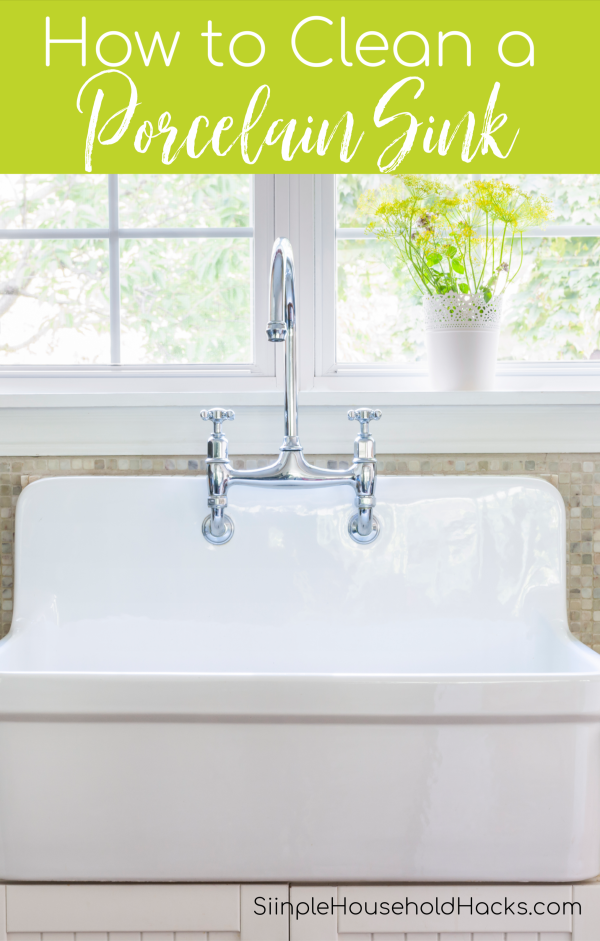
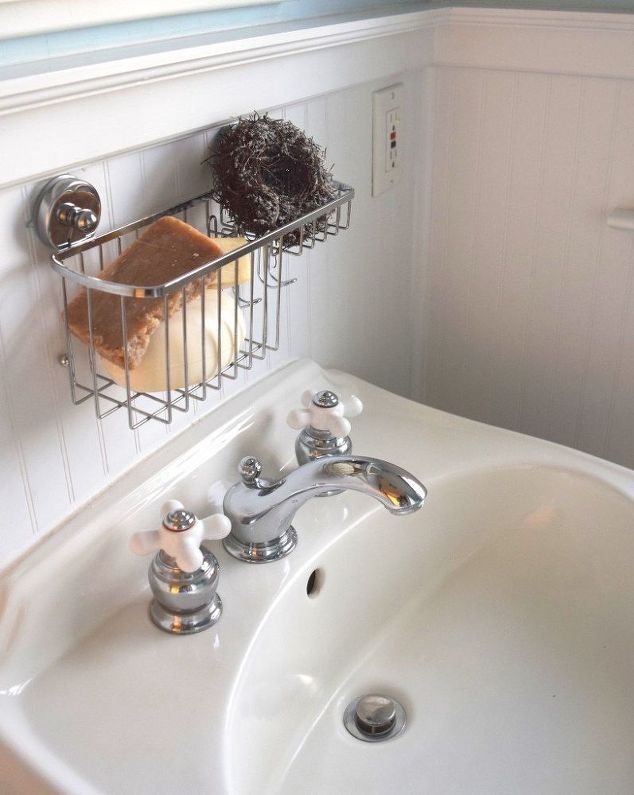


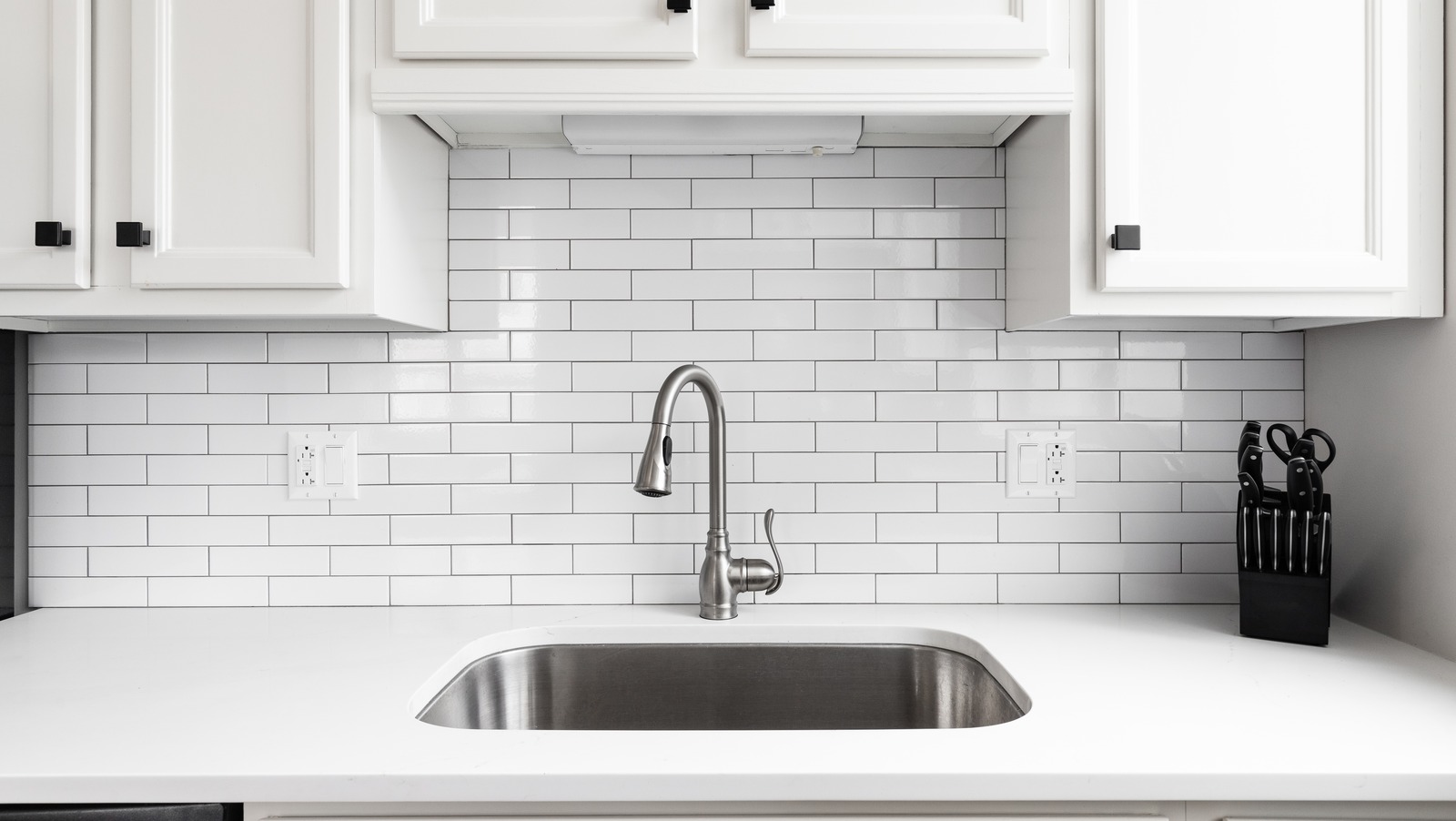


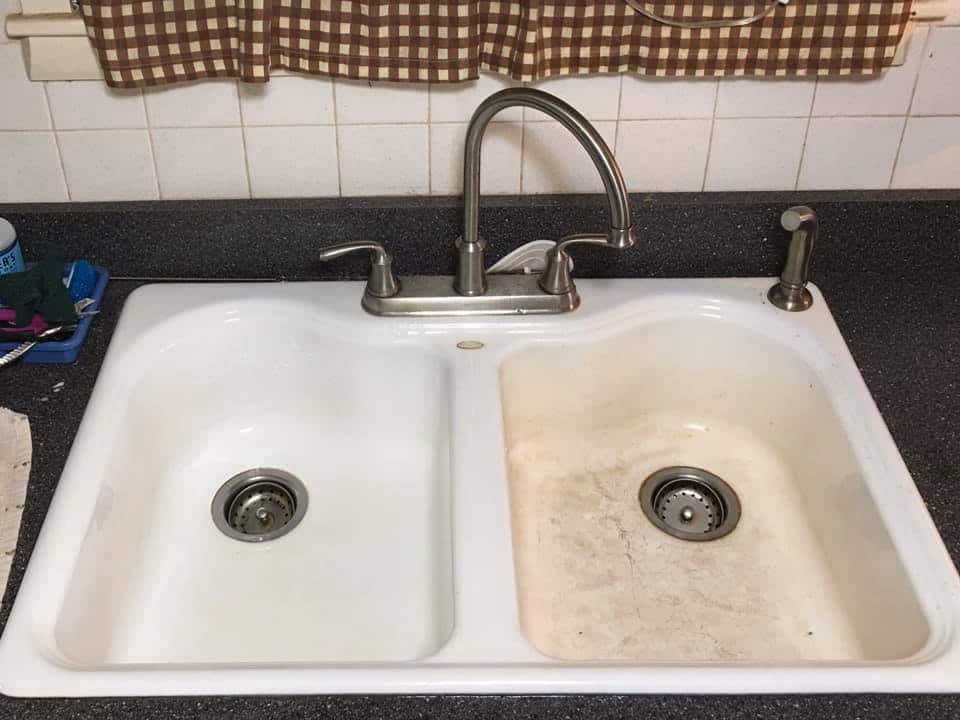






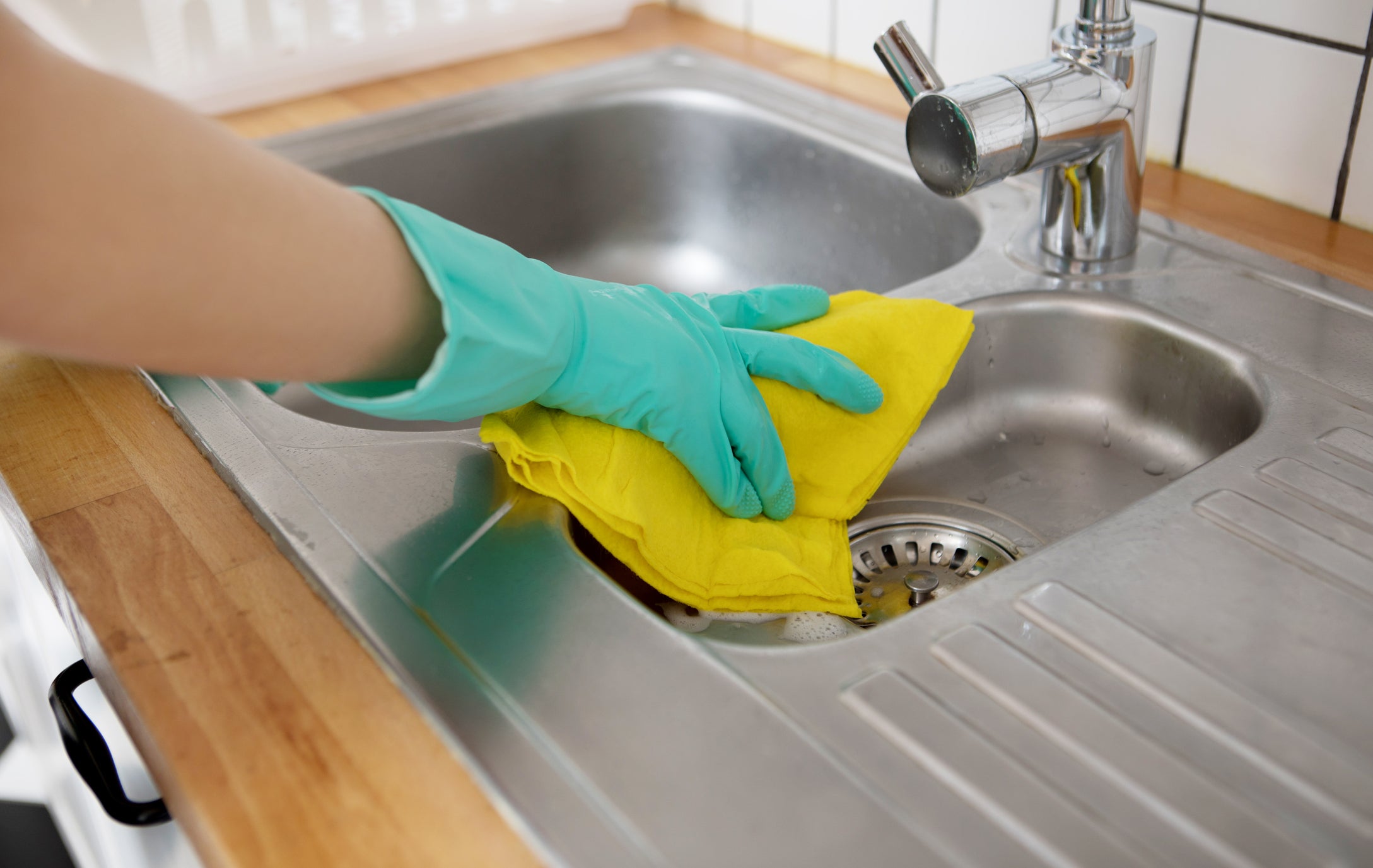
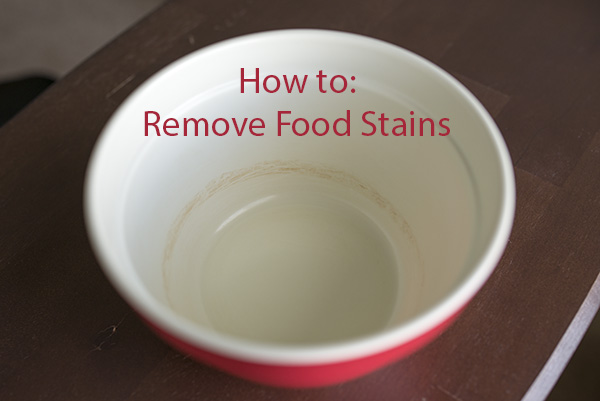

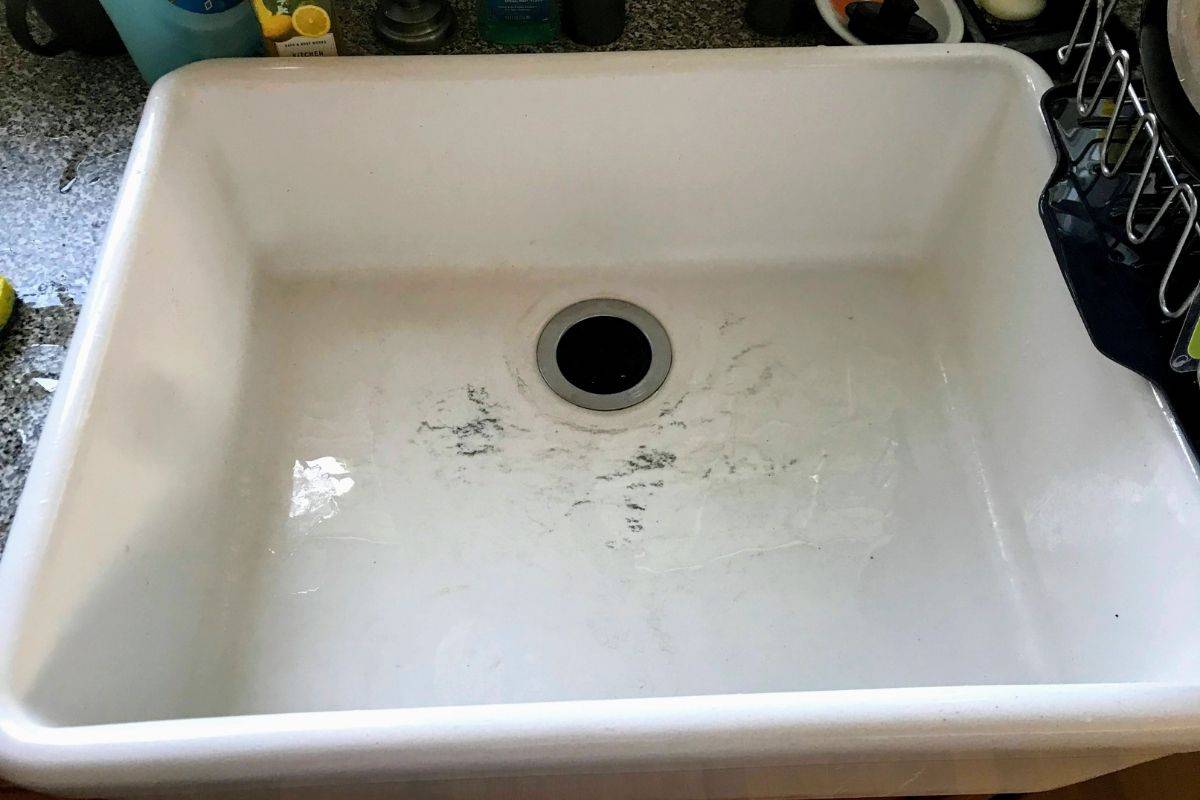

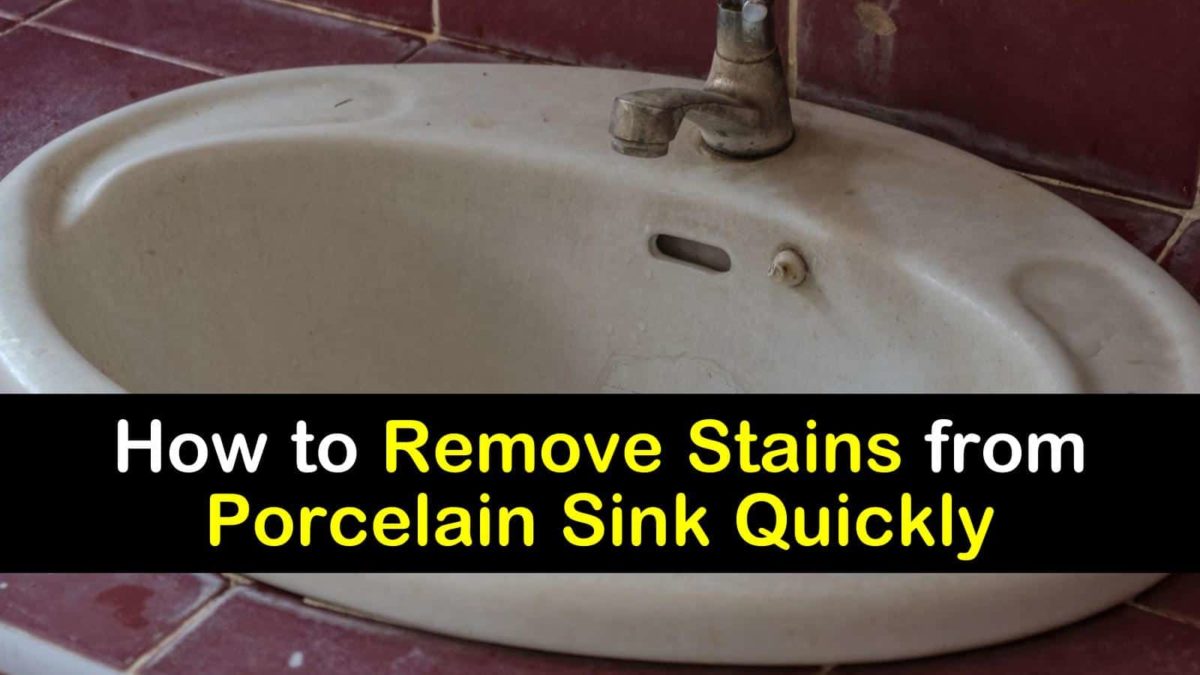
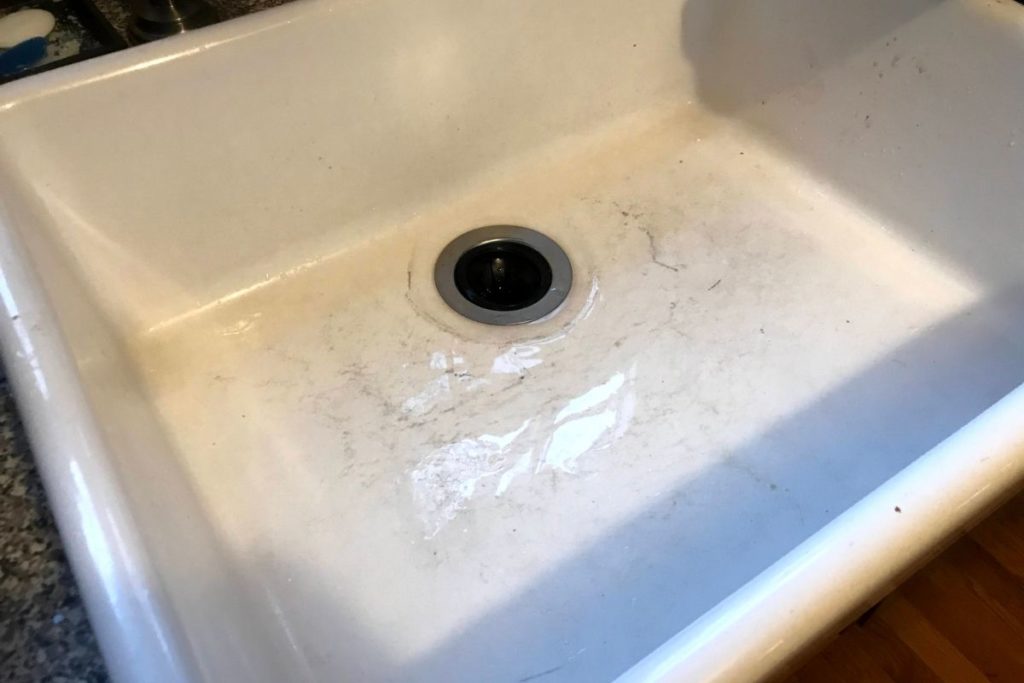



















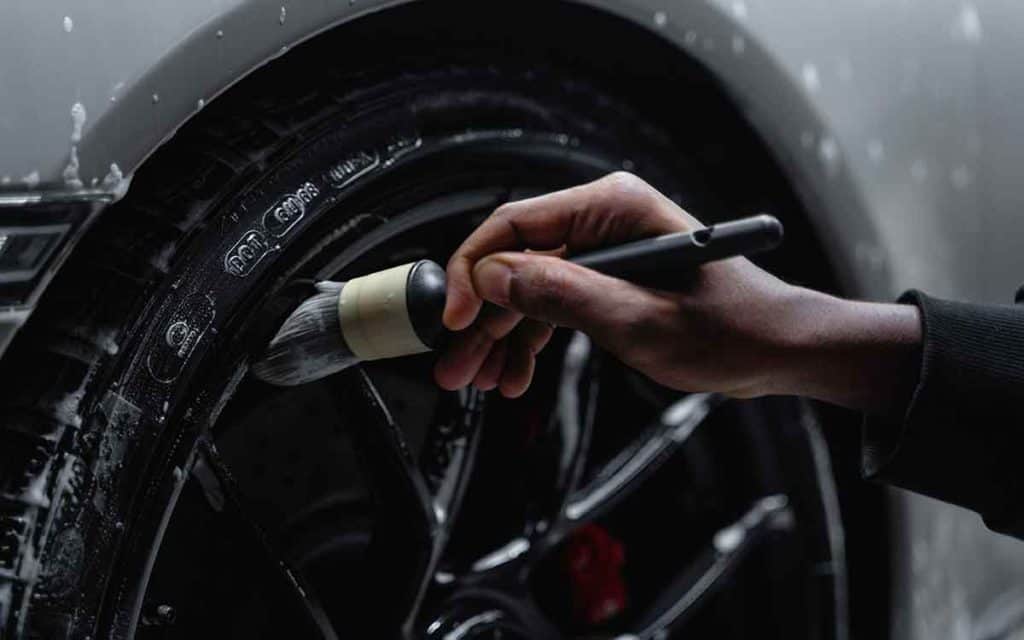
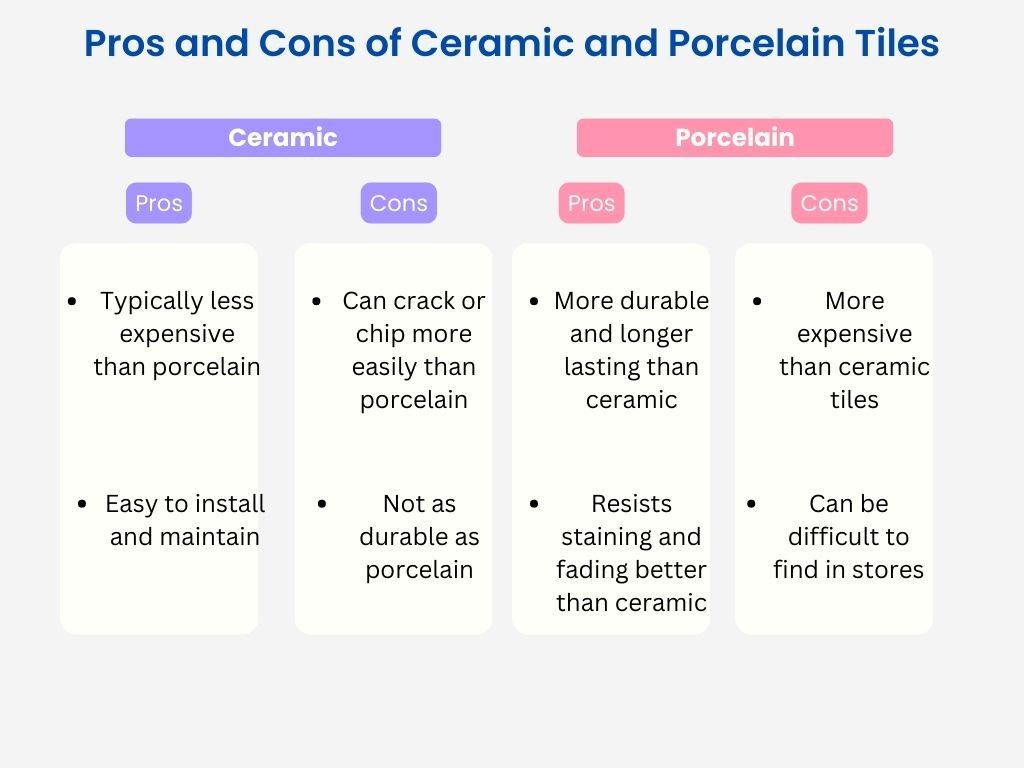



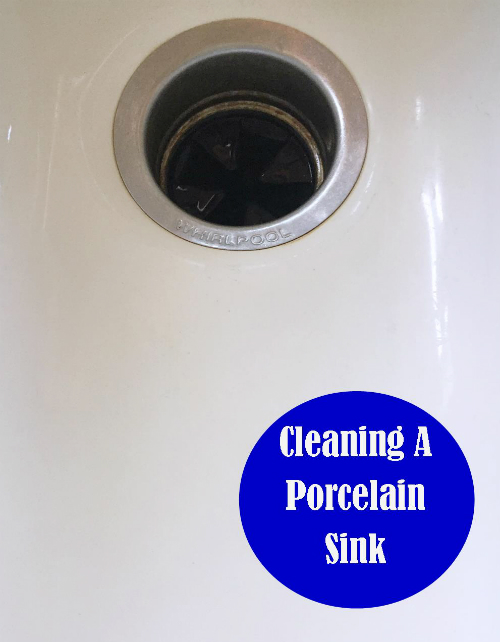

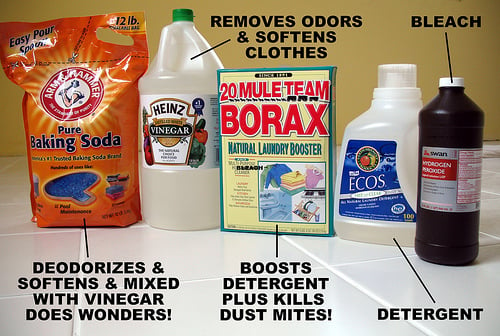

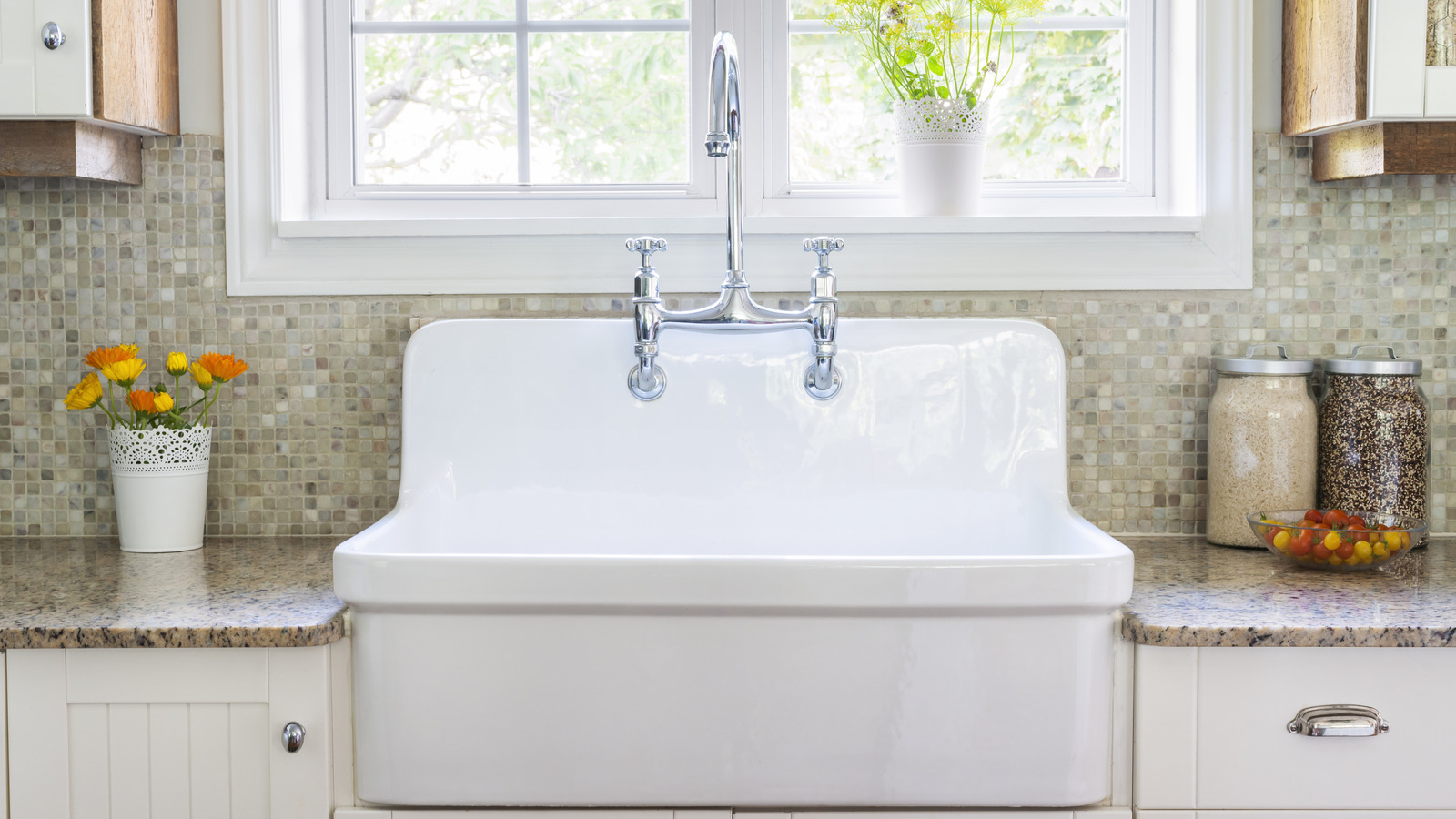
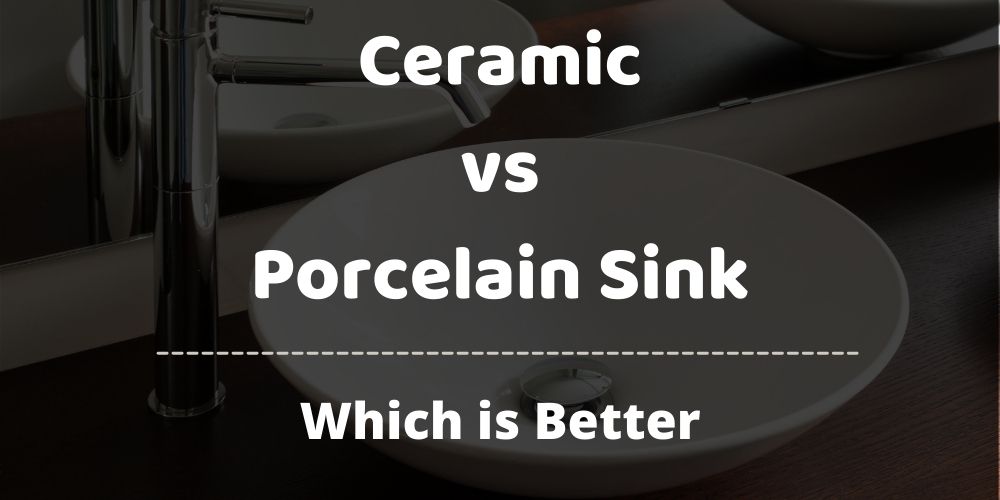

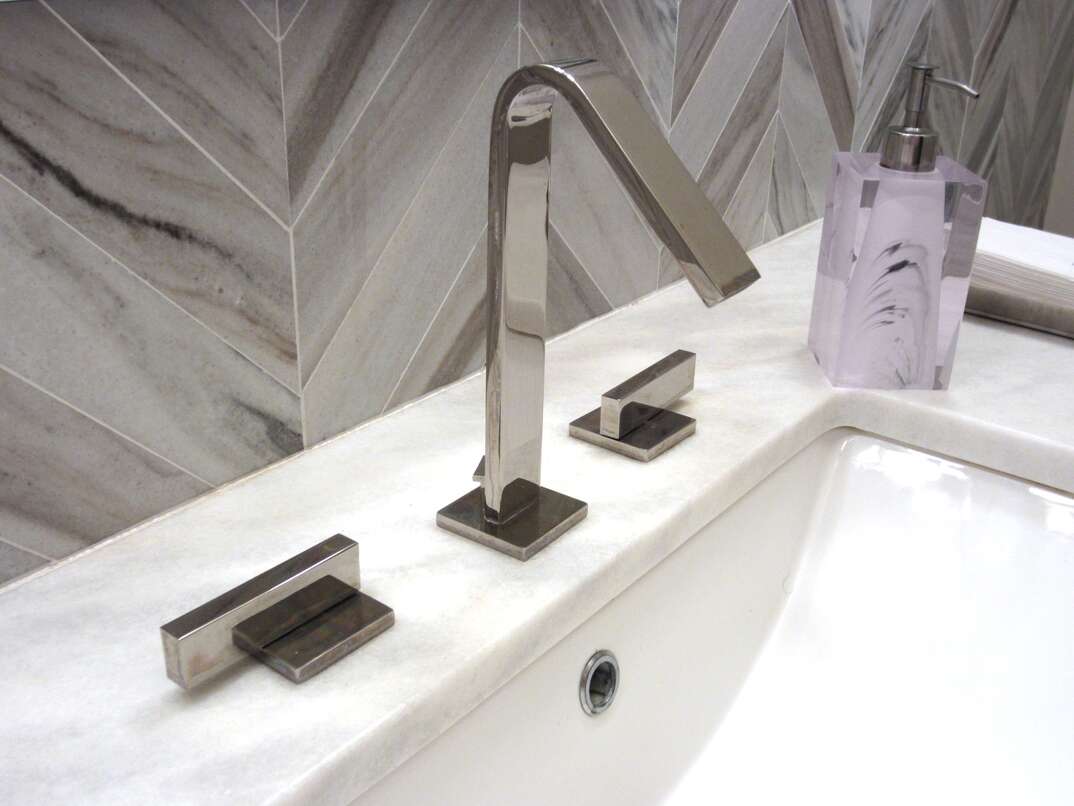





.jpg)



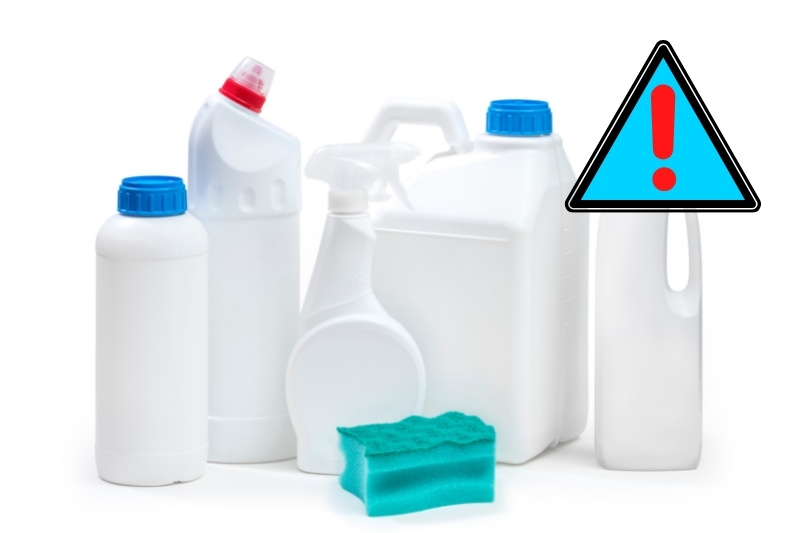


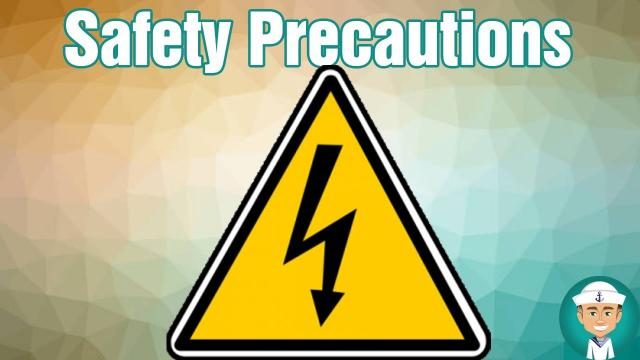


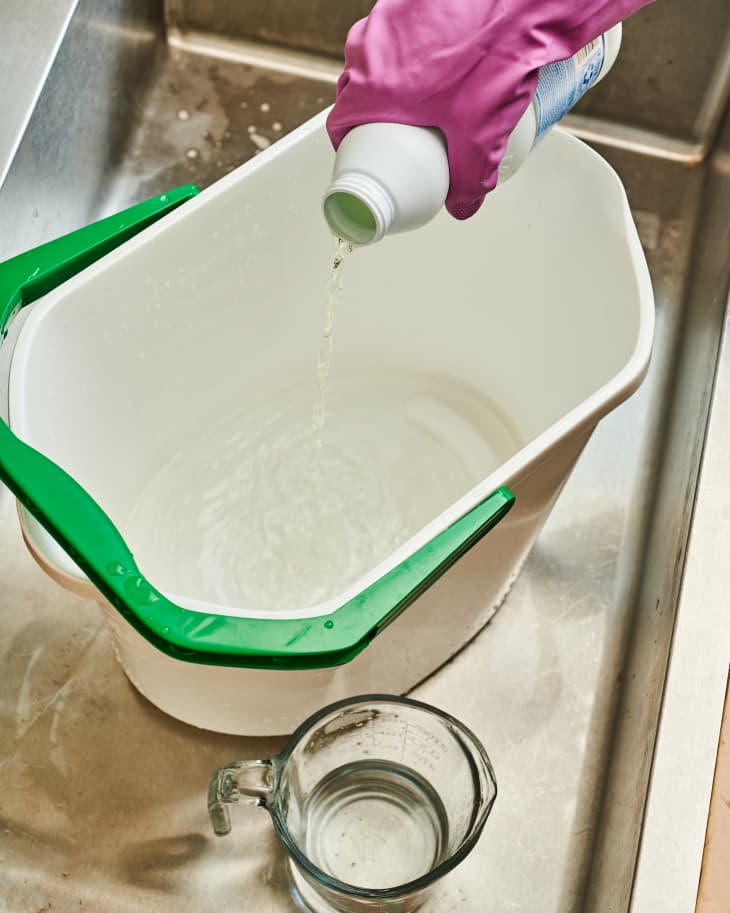
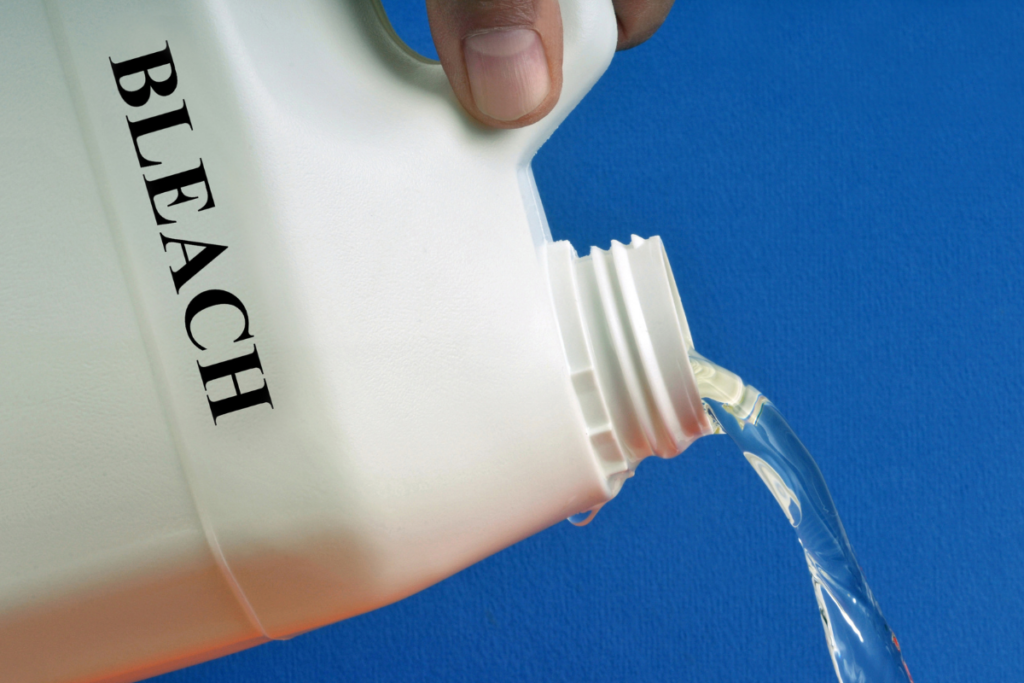
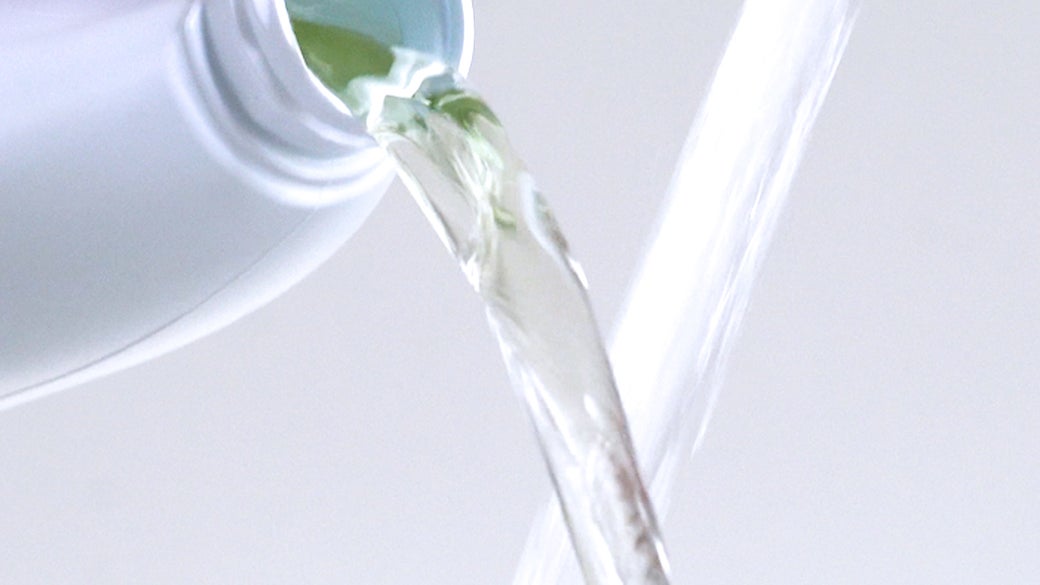


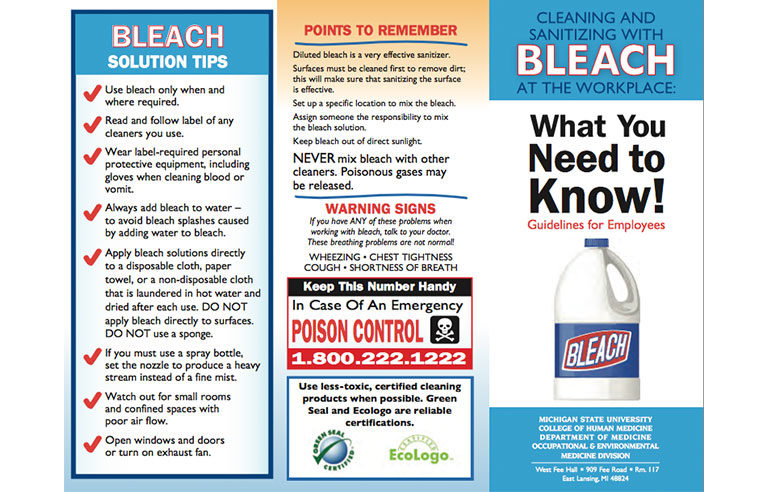
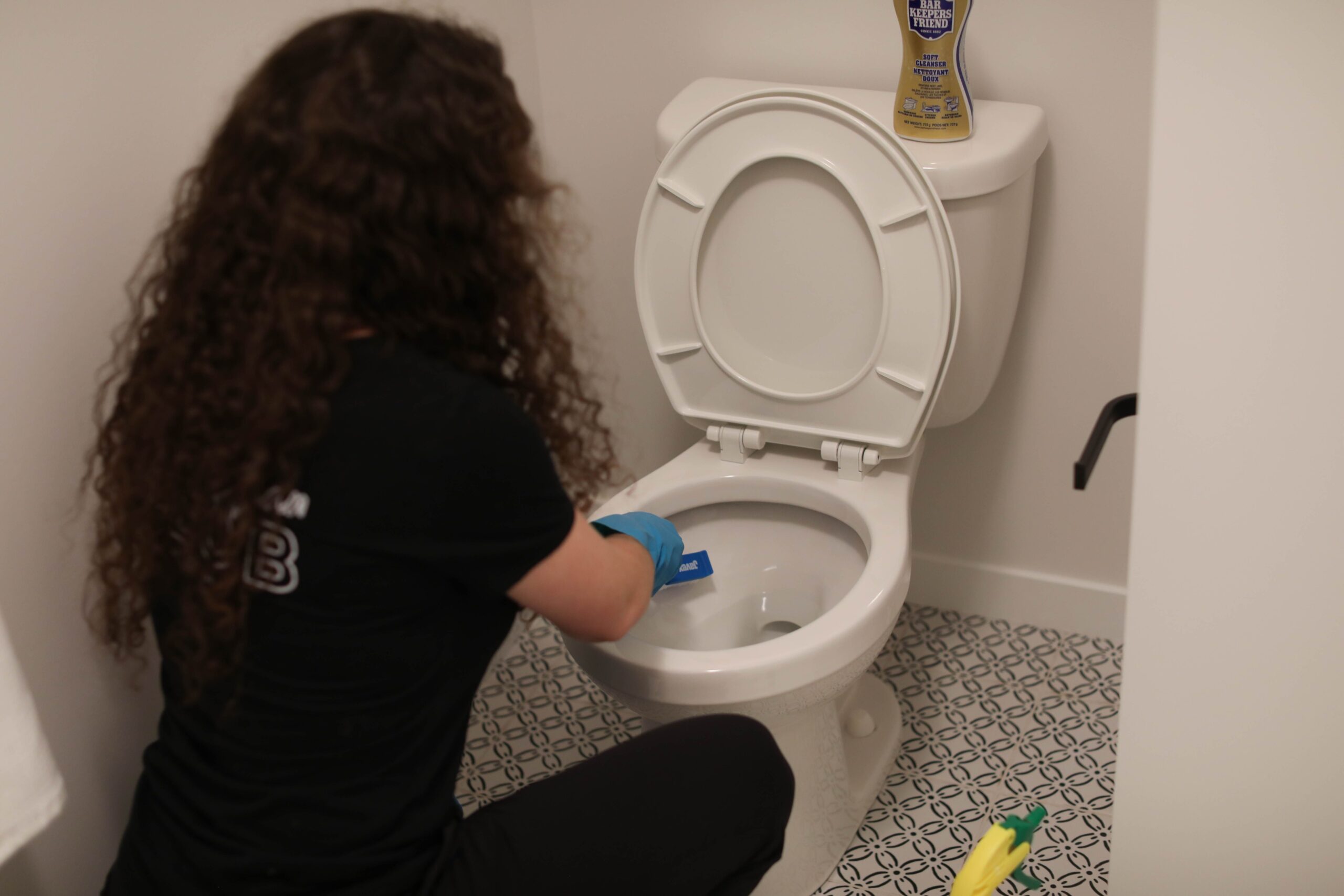










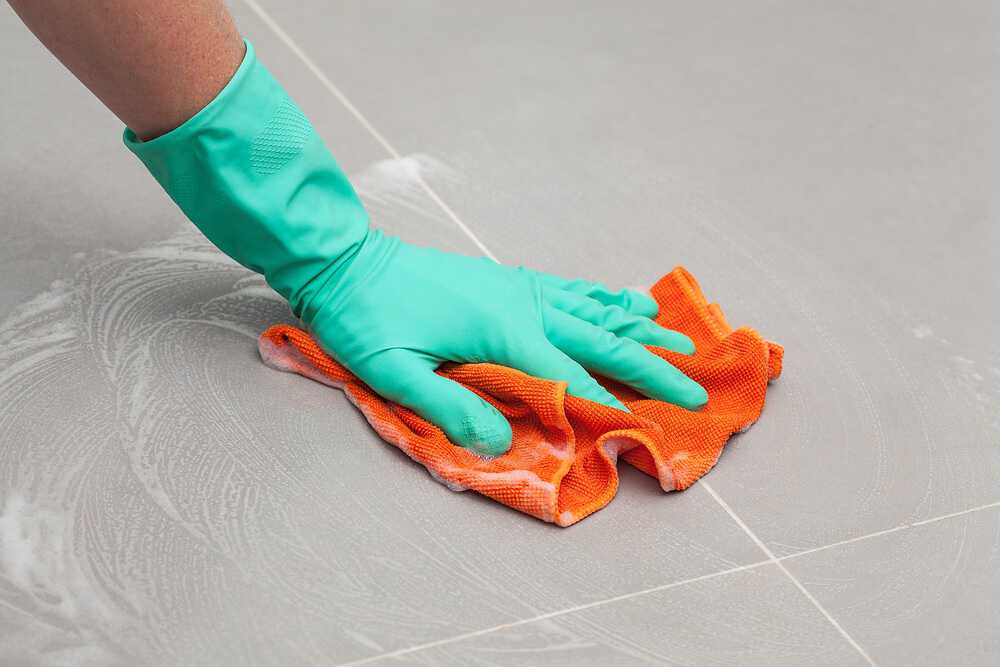

:max_bytes(150000):strip_icc()/clean-porcelain-floor-tile-1314843_glazed_03_0700-d0c2be00a383441d93f54f92475a61f9.jpg)


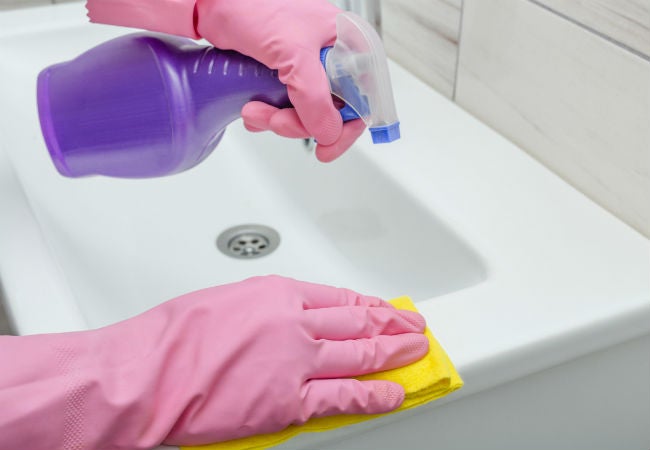


:max_bytes(150000):strip_icc()/unnamed-1-001953313fb649a28bd77c3ceacad4f8.jpg)



